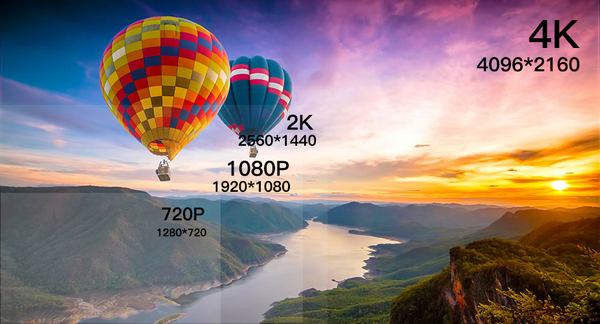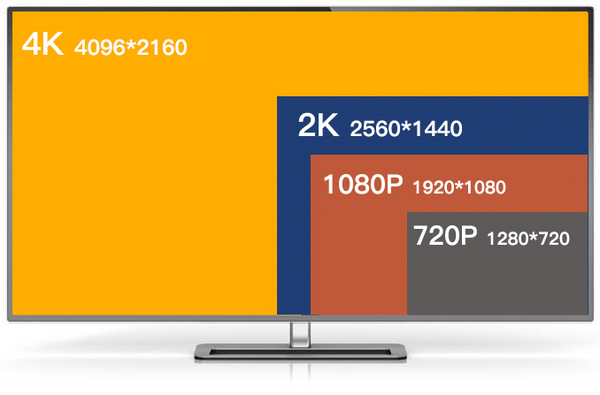Why 4K is not always the best?
Do you really need 4K Security Cameras?
The Pros and Cons.
While higher resolution is in general terms a good thing, Ultra-HD cameras may be far from ideal in many surveillance applications. Most people assume that higher resolution is a means for higher quality image. While this can be true, it often isn’t the reality in security applications, as resolution is not the single factor determining image or video quality. Lens quality, processor engine, encoding, decoding, display quality, wide dynamic range, and most importantly the application or environment being recorded, all contribute to the quality of the image. Then there is the cost, of not only the cameras, but more importantly storage requirements.

Let’s start with listing the key advantages of 4K technology:
Ultra HD Images – the higher the resolution the more/further you can see, the more detail you have in the image and the higher you can zoom without getting into the “blur zone”. There is just so many more pixels!
Colour Representation – 4K devices capture a wider colour palette (millions not thousands or hundreds of colours) than their HD or lower counterparts, hence the colours are more accurate which is important in many security applications.
16:19 Aspect Ratio – Captures a wider scene than cameras that record in narrower ratios. This means you theoretically require less cameras to cover the same area.

Disadvantages of 4K video cameras:
Cost – the good ones are not cheap. For the cost of a decent 4K camera you may be able to get 2-3 cameras with lower resolution. Then there is the cost of the increased bandwidth and storage requirements (roughly 4 times more than HD). If the application requires 24-hour recording in a busy environment, the storage needs will be spectacular. You will also need quality 4K 24/7 rated monitors to take advantage of additional pixels and colour.
Lower Light Sensitivity and Dynamic Range – the smaller the pixel the more-light they require to be activated. The same can be said for 4K camera performance in direct light where it needs to capture a mix of very light and much darker areas.
Susceptible to motion blur – especially in lower light scenarios. 4K cameras produce more motion blur then their lower resolution counterparts. This is especially true if the movement is close to the camera.
Ideal Applications:
- Large Retail (department stores)
- Airport, Sea Port, Bus and Rail Terminals
- Stadiums and Entertainment Venues
- Exhibition Halls and Warehouses
- Car Parks
Stay Away from These Scenarios:
- Low light
- Lots of movement close to the camera
- Scene with wide dynamic ranges
In Summary
While in well-lit scenarios, and for many indoor (and some outdoor) large-area applications, there is no doubt that a 4K camera will provide greater area and detail, colour and clarity, a big chunk of surveillance applications will not require much more than a 4MP camera. We are not against 4K cameras. Far from it. They have some excellent advantages and when used in the right circumstances, they will beat their HD counterparts pants down. All we are saying is that unlike the current consumer hype and industry advertising, 4K cameras are not required for every job.
Last Words
Be aware of inexpensive cameras that carry the 4K mark. Firstly, not all chips and processors are the same. Secondly, the lens quality and the frame rates required for quality Ultra HD images are substantial. Inexpensive 4K cameras do not have either. Lastly, do not pick cameras based on data sheet specifications alone. Not many say how the specifications were measured, by what standard, at what distance and so on. The only way you will know which camera is better is by seeing it in action side by side. We are very happy to do live demos and shoot outs, both 4K or plain HD. And we will not push a 4K camera when it is not suitable nor required for the application at hand.
